Mapping the consumer journey on digital is more important than ever
There are 700 million digitally connected consumers in India. By and large the reach of digital media rivals that of television. But consumers on digital are far more fragmented than the broadcast landscape split into ~800 channels. The challenge for marketers is to map the consumer journey on digital and target them with the right messaging.
At Day 1 of Internet and Mobile Association of India’s (IAMAI) India Digital Summit 2021, held on January 19, moderator Rohit Dosi, Director, Microsoft Advertising, InMobi, was joined by panelists Nick Seckold, Vice President – APAC, Microsoft Advertising, and Tanmay Mohanty, CEO, Zenith India and Head of Global Partnerships for Publicis Media India, to talk about ‘Digital Transformation, Disruption and Growth’.
Register for Day 2 of IAMAI India Digital Summit 2021.
Digital Transformation
Tanmay Mohanty highlighted the four key digital trends that were accelerated by COVID-19 – the rise of e-commerce platforms, deployment of smart media at scale, purchases across multiple touch points, and digital transformation of companies, not just their marketing departments.
Clients’ mentality during the pandemic was ‘how do I survive across disparate platforms?’ noted Mohanty.
Nick Seckold remarked that “5 years of innovation has happened in 2-3 months post the pandemic and this is true for both emerging and emerged markets. The biggest disruption for the workforce was the transition to work from home.”
From a marketing perspective, Seckold said, “The digital media ecosystem can get fragmented really quickly. Marketers really want to understand where dollars are being spent. They are looking for a solution that cuts across the walled gardens of the larger tech platforms and building their own first party data.”
Mohanty added here, “The pantry brands realised that customer loyalty had been hit, which means that consumers went for whatever was available to them during the pandemic.”
This led to the initiative of big FMCG companies like ITC to enter the D2C business, he remarked. Now clients are figuring out how to build a one on one relationship with the consumer. That’s the current challenge for marketers.
New Consumer Behaviours
Seckold pointed out that consumers are moving rapidly across devices. “Marketers are trying to map this journey and target them with marketing messages in a contextual manner. CMOs who want to approach consumers with an omnichannel strategy need to think about traditional media metrics in the context of digital.”
Mohanty agreed that the biggest challenge for media is that there is no unified measurement for TV and digital. He lamented that “any conversation around measurement is purely intellectual.”
According to Mohanty, every media dollar spent should be scrutinised by understanding how it helped in acquiring a client. He noted that despite the boom in e-commerce, players had to look beyond sales on their platform and consider metrics like lifetime value of a consumer, the packet size of each purchase and profit margins.
“The next 150 million people joining the digital ecosystem speak regional languages, how does that impact their purchasing decisions and buying behaviour? Marketers need to consider the answers to these questions,” he said.
Marketing with Purpose
Rohit Dosi shared an InMobi study that found that post pandemic, 85% of consumers will only consider buying a brand that they trust. What role will marketing with purpose play?
There are three pillars for marketing with purpose, according to Seckold. And this applies to platforms as well as brands, he added.
Responsibility – in terms of ensuring data privacy, ethical business practices, transparency
Values – How do consumers resonate with the brand?
Inclusion – Engaging with stakeholders and clients of the company.
Mohanty observed that when the pandemic began, all TV advertisements remarkably looked the same. Their communication was based on health and safety, which was top of mind for the consumer. Sustainability has become a key part of the discourse and clients are talking about it in their advertisements. Marketers are now taking the long term perspective on their brand.
Key takeaways
Mohanty stressed that it is important not to look at digital transformation just from a marketing lens. Digital transformation should be viewed at an organisational level across talent acquisition, processes, and client solutions.
During the pandemic, Publics Groupe relied on an AI-based model for managing talent, Mohanty informed. The AI was called Marcel, which was tasked with redeploying 3,000 people in Europe and moving them into roles which were critical. “We need to show such examples of digital transformation not just talk about it,” he said.
Seckold stated that digital is all about accessibility. “How do we build accessibility into our products? That’s a critical question that marketers need to ask. Microsoft redesigned their Xbox controller and console to make it more accessible to disabled people.”
The marketing and packaging of messages need to be sensitive to the social environment, he concluded.



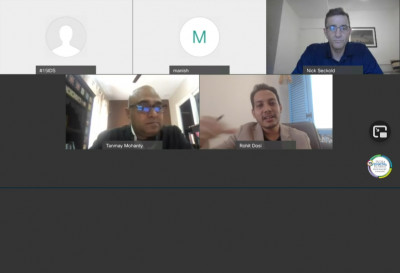



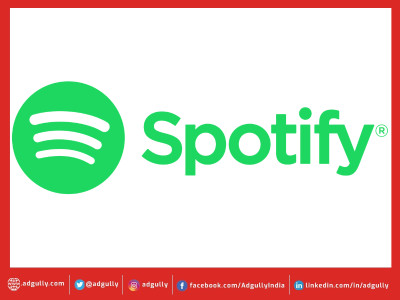
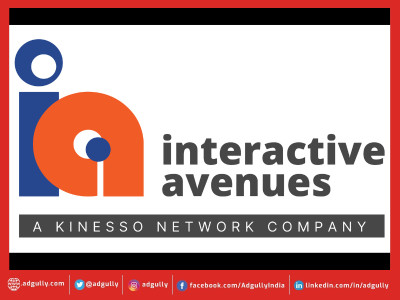

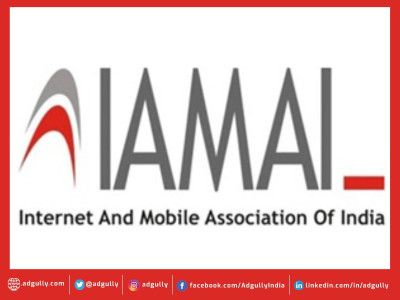
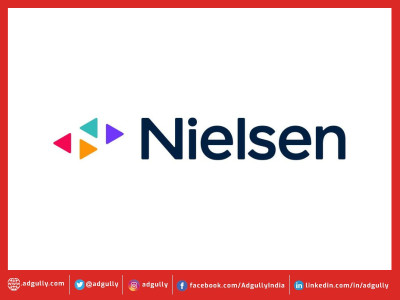
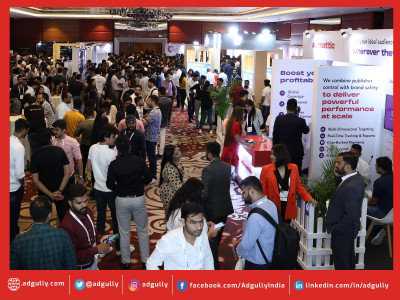

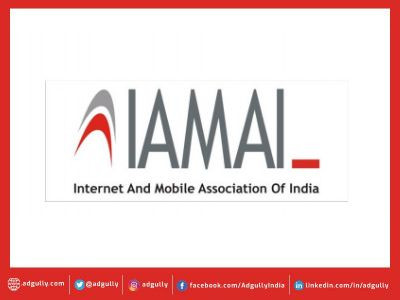




Share
Facebook
YouTube
Tweet
Twitter
LinkedIn